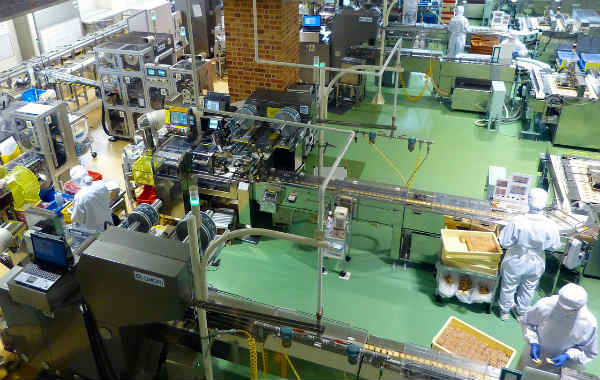An interesting Q&A session that took place at PACK EXPO this week reveals some noticeable future trends regarding late-stage printing, labeling, stamping and packaging. The recent advances in late-stage printing use inline digital laser technology that takes packaging and shipping to a whole new level.
The Q&A session was conducted with Aanand Parthasarathi, business manager for late-stage printing at Xerox Corporation, who had some interesting insights about various innovative trends in late-stage printing. Here are a few highlights:
To answer late-stage printing requirements such as graphics, font size, added information at late process stages and even the request to not use inkjet coding (as Walmart informed their suppliers), advancements have been made in digital laser printing.

In the next year, Xerox will be introducing an inkless printing technology that will surely be a game changer. This laser technology will use thermochromic pigment material that will be applied to the packaging in the form of a patch. When the pack substrate is then exposed to a laser at the fulfillment stage, the laser changes the color of the pigment, from clear or white to a monochrome color, resulting in a permanent durable image.
The technology is very useful for streamlined operations, such as labels for ingredient lists. It also provides high-quality barcode and QR code capabilities, allowing for a unique serial number for each product sent out, so it can be tracked down and traced.
The advantages of digital laser printing over inkjet are quite astonishing: Laser printing is easier to read and has better durability than inkjet printing. Replacing ink incurs higher costs, and there are maintenance issues when equipment is shut down due to dried-ink blockage.
Lasers don’t need ink and offer greater reliability and reduced maintenance. This technology also avoids the use of consumables (ribbons and inks) in the fulfillment area, reducing inventory management as well as health and safety issues.
